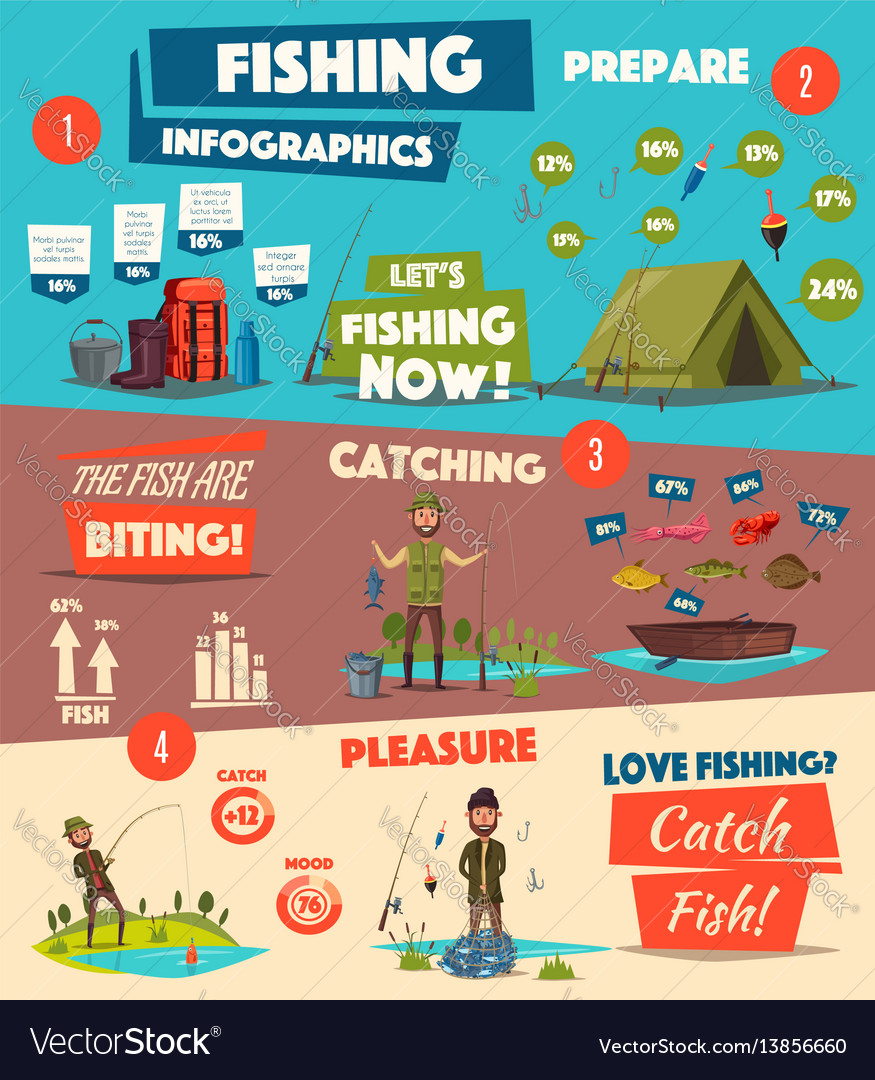If you camp regularly in areas with rocks or sharp downed branches or just despise storing a wet, muddy tent, then a footprint is absolutely worth taking into consideration. Impacts are also relatively economical contrasted to a brand-new outdoor tents.
What is the best thing to sleep on when camping?
Numerous tent suppliers use their own specific impacts, which are reduced to the exact dimension of the camping tent floor. However, you can make one on your own with a lightweight textile like polycryo or tyvek.
Climate condition
Whether or not you need an impact really relies on the problems you'll be camping in. If you're backpacking in a place where the ground is generally damp (it's pretty much unpreventable), a camping tent footprint can be a valuable addition to your kit, as it will certainly prevent your outdoor tents floor from coming to be soaked.
However, if the impact is too large it can serve as a wetness catch and potentially allow water to swimming pool under your tent. This can be prevented by ensuring the impact is cut a little bit smaller than your outdoor tents on all sides.
Typically talking, it's finest to obtain a footprint from the very same producer as your outdoor tents to guarantee a specific fit. They likewise often tend to be made from thicker, much more sturdy materials than do it yourself options. They can be pricey for something whose single objective is to protect the ground beneath your tent, however it can be a worthwhile financial investment if you care about the durability of your equipment.
Terrain
Several quality camping tents can function well without a footprint, specifically those that have tub floorings made of long lasting products. Nevertheless, the surface you trek on can have a considerable influence on how rapidly your outdoor tents flooring wears. Granite pieces, sandstone and other sturdy surfaces use via all-time low of your tent quicker than verdant meadows or forest floorings.
An impact or ground cloth helps prolong the life of your outdoor tents by acting as a barrier in between the ground and the sewn-in groundsheet of your outdoor tents, says REI senior sales professional Elizabeth Nguyen. It additionally safeguards the camping tent from unpleasant aspects like sharp twigs and jagged rocks that might pierce or tear the sewn-in flooring. When selecting a footprint for your camping tent, it is necessary to ensure it's slightly smaller than the camping tent on all sides. This protects against water from merging between the tent and footprint throughout a rainstorm, which can permeate into your tent. The very best choice for an impact is to acquire one designed for your specific camping tent, which will guarantee a tight fit.
Outdoors Tents with Lower Deniers and Water Resistant Scores
Whether you're an informal backpacker or a hardcore traveler, the resilience level of your camping tent is a crucial factor to consider. Outdoors tents made to be ultralight, bordering on minimalist, frequently trade off some level of durability in the fabric and materials made use of.
One material specification you'll encounter is denier, which refers to the weight in grams of a 9,000-meter length of yarn that makes up the tent's canopy, rainfly, and/or flooring. A greater denier specification signifies more rugged fabrics, while lower numbers indicate lighter and much less durable fabrics.
Various other specifications to consider consist of flooring measurements, vestibule dimension, and indoor pockets. The previous shows the total square-footage that can be made use of for comfortable room, while the latter can contribute in storage space by supplying a location to stow away gear overnight and in bad weather. Ventilation is also an essential factor; as you exhale moisture during rest, it requires to get away, or condensation might develop inside. Attributes such as mesh windows and panels and adjustable rainfly doors aid raise air flow and stop this from taking place.
The Expense
The expense of a camping tent can affect its performance, and it is additionally vital to think about how much you can afford to invest. Backpackers tent drawing looking for a lightweight shelter needs to go for a camping tent with a livability rating of at the very least 2 stars, and if possible, 3 or even more.
Livability refers to how roomy an outdoor tents really feels, with headroom and flooring measurements playing a huge function. Historically, backpacking tents made use of considerably sloped walls and marginal room to save weight, but modern-day materials allow developers to offer more convenience while keeping weight low.
Storage space is another factor to think about, with vestibules and a quick-pitching design helping in reducing configuration time. Additionally, the sort of material covering and just how the camping tent is stored can impact longevity. For example, a PU finishing that breaks down more quickly when damp, or goes through repeated cycles of storing and un-stowing, can substantially shorten the life-span of a tent. In a similar way, utilizing a custom impact rather than packing a tent in a slipshod manner will certainly also prolong its lifespan.
What benefits can you get in camping?
